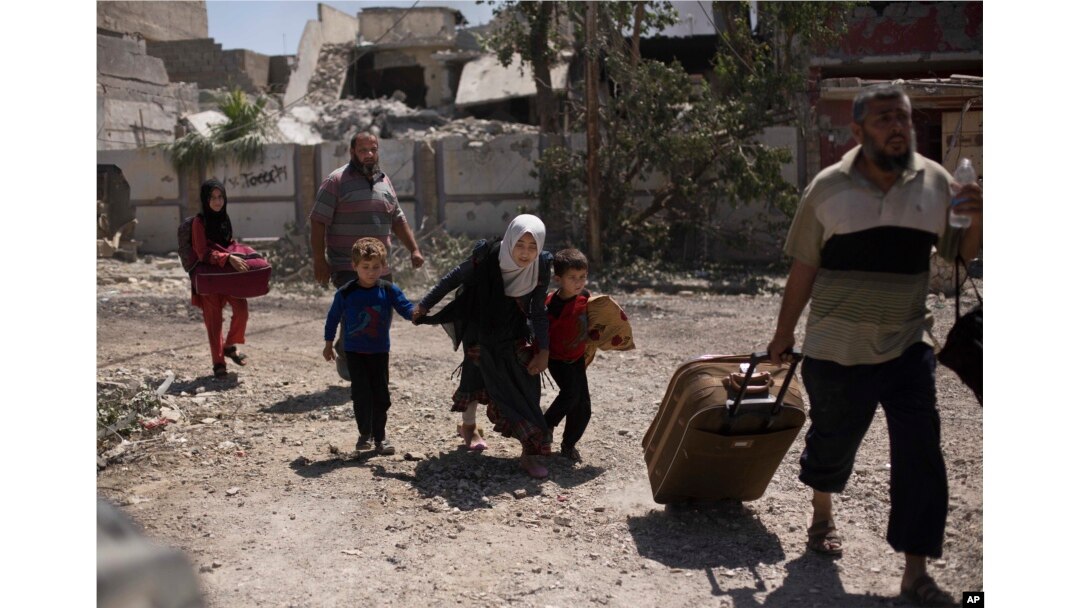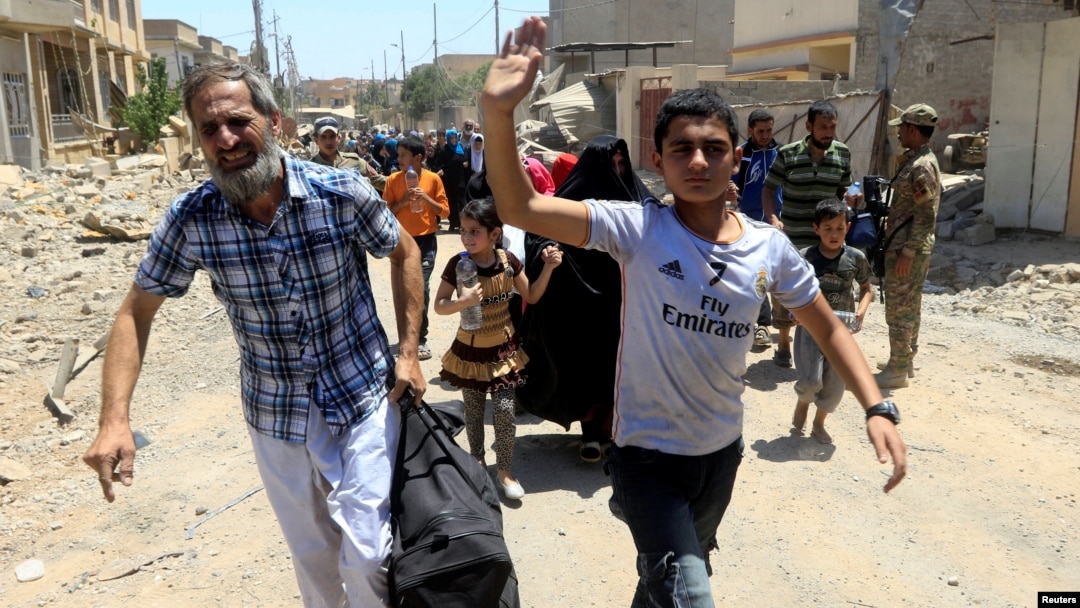The United Nations said Tuesday that 200,000 Iraqi civilians could flee an Islamic State-controlled part of Mosul in the coming days.
The Iraqi government on Thursday urged civilians in the Old City of Mosul to flee their homes and cross to safety on the other side of government lines.
"When they issued this new instruction, it represented a dramatic change and shift from the guidance that they had been previously providing," said Lise Grande, the U.N.'s top humanitarian official in Iraq.
She said there are three neighborhoods to the north of the Old City, as well as the Old City itself, where the civilians are trapped.
"We are deeply concerned about the safety of these civilians," Grande told reporters by video link from Baghdad. "We feel those civilians are probably at greater risk now than at any stage of the entire campaign."
She noted that the evacuation notice was not compulsory, and that the Iraqi security forces would protect civilians who remained in the Old City.
When the military offensive to retake Mosul began in the eastern part of the city last October, the U.N. feared an exodus of as many as 700,000 civilians. It did not happen, as a half-million residents stayed in their homes and rode out the fighting.
But when the army began liberating the western part of the city, residents fled at a much higher rate. Grande said 774,000 Iraqis have left Iraq's second-largest city, which has been under IS control since 2014. The U.N. is providing assistance to all of them, as well as the half-million east Mosul residents who remained in their homes.

FILE - A girl ducks as she flees with her brothers in the al-Rifai neighborhood as Iraqi special forces battle Islamic State militants in western Mosul, Iraq, May 17, 2017.
Expecting the worst
"Based on our own scenario planning, we are at the moment staring our worst-case scenario straight in the face," Grande said. "Now we know that in the next few days, the next few weeks, an additional 200,000 civilians are likely to flee," she added, saying it would be difficult for humanitarians to cope with the number and speed of people moving.
Grande said the number of people leaving western Mosul recently had spiked to 10,000 a day and had reached 15,000 to 16,000 on some days.
"We are, however, developing contingency plans for a worst case that would envision as many as 40,000 civilians leaving each day," Grande said.
They are arriving at humanitarian points where they receive water, food and medical care, before they are screened and then sent to emergency camps or find shelter with friends or relatives. Grande said the families who have made the difficult and dangerous escape report limited food supplies, as well as shortages of clean water and medicines.
The battle for Mosul is not over, but humanitarians already are making contingency plans for the next town the Iraqi security forces are likely to try to liberate from IS — Hawija, in Kirkuk province. The U.N. already has constructed eight emergency camps nearby and is building more in anticipation of that operation.


